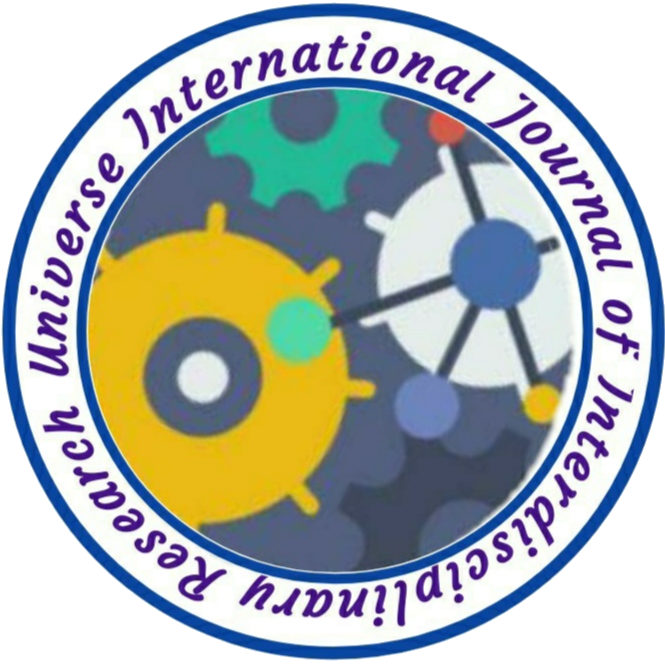DOES SEXUAL SIZE DIMORPHISM VARY WITH SPECIES RICHNESS IN FOREST MILLIPEDES CENTROBOLUS COOK, 1897?
Author Name: M Cooper
Volume/Issue: 02/10
Country: South Africa
DOI NO.: 08.2020-25662434 DOI Link: https://www.doi-ds.org/doilink/04.2022-91496952/UIJIR
Affiliation:
School of Animal, Plant & environmental Sciences, University of the Witwatersrand, 1 Jan Smuts Avenue, Braamfontein 2000, South Africa
ABSTRACT
The objectives of this study were to determine Sexual Size Dimorphism (SSD) variation with species richness in the forest millipede genus Centrobolus. Species richness and SSD correlations across -17°S to -15°S latitudes were compared. There was a significant difference between the correlation coefficients of SSD and species richness when latitude was controlled (z=-3.68, n=35, 22, p<0.01). Species richness was negatively related to SSD (r=-0.45, Z score=-2.13, n=22, p=0.02). There was no difference between the correlation coefficients of species richness with SSD and species richness with latitude (z=-0.0582, p=0.9536). There was a difference between the correlation coefficients of species richness with SSD and SSD with latitude (z=3.6150, p=0.0003). SSD (1.368421) with high species richness (12-17) was different from SSD (2.29) with low species (1-3) both absolutely (Z score=1.81, n1=19, n2=3, P-value (one-tailed)=0.04) and relatively (Z score=1.66, n1=19, n2=3, P-value (one-tailed)<0.05) implying a causal link between SSD and species richness..
Key words: dimorphic; latitude; species.

No comment